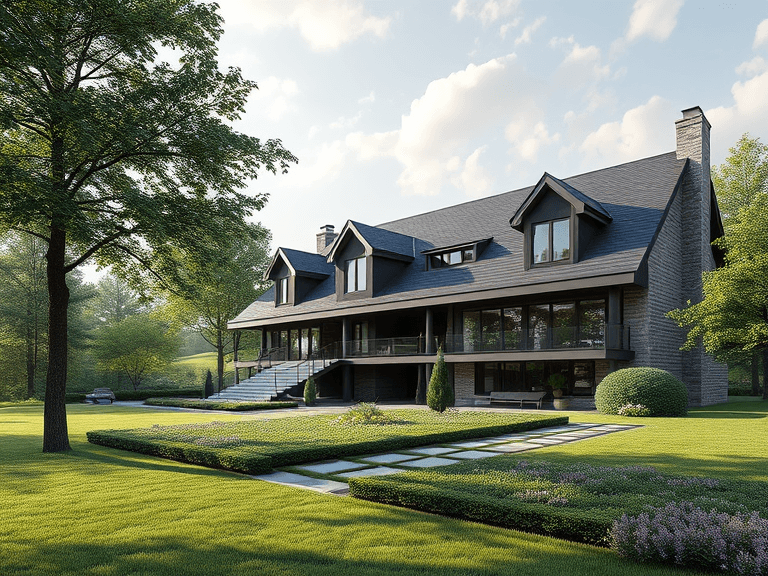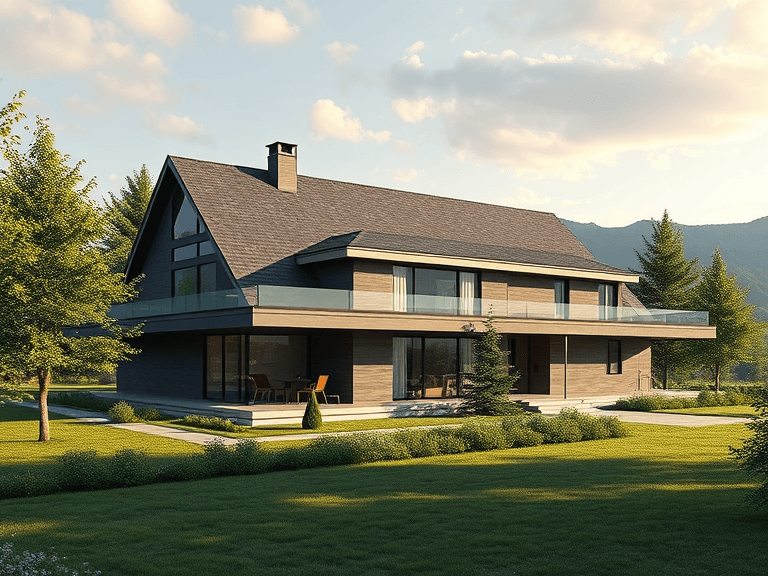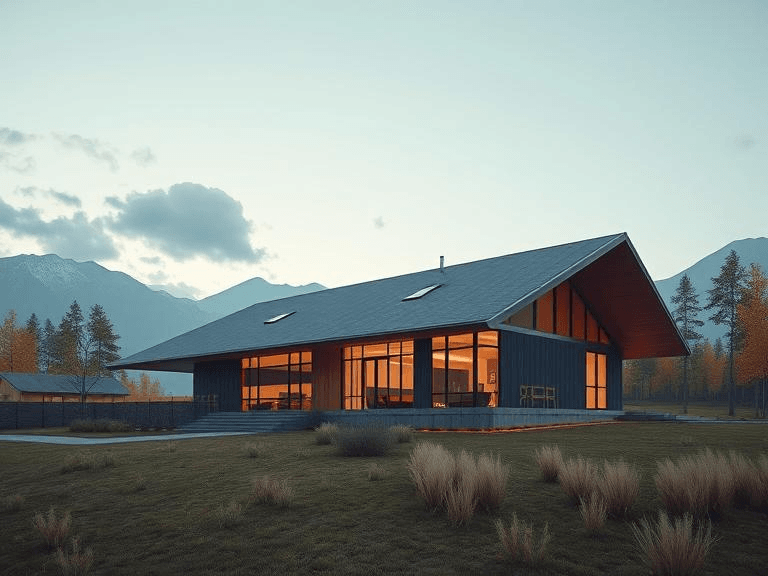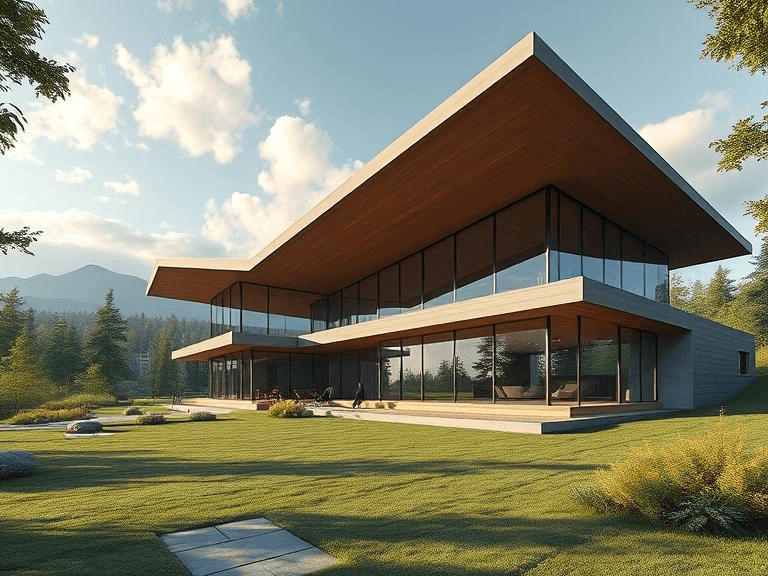
Asphalt roof shingles are among the most prevalent materials used in residential roofing. They consist primarily of a base material, typically made from fiberglass or organic fibers, which is then coated with asphalt. This composition makes asphalt shingles waterproof and resistant to various weather conditions. The outer layer typically includes mineral granules that provide UV protection and enhance the aesthetic appeal of the roof.
There are primarily two types of asphalt shingles: three-tab shingles and architectural shingles. Three-tab shingles are characterized by their flat design and uniform appearance, making them a cost-effective option for homeowners. On the other hand, architectural shingles offer a more dimensional look due to their thicker profile, which can also improve durability and lifespan. Furthermore, they often come with enhanced warranties, appealing to those looking for longevity in roofing materials.
The construction of asphalt shingles involves a careful layering process. The fiberglass or organic base is saturated with asphalt and then coated with additional asphalt and granules, ensuring sturdy construction that can withstand environmental challenges. This multilayer approach not only provides strength and durability but also plays a crucial role in energy efficiency by reflecting sunlight and reducing heat absorption.
The advantages of using asphalt roof shingles are manifold. They are relatively affordable compared to other roofing materials, easy to install, and available in a wide array of colors and styles, allowing homeowners to achieve their desired aesthetic. Conversely, there are some disadvantages to consider. Asphalt shingles may have a shorter lifespan than other materials, such as metal or tile, and can be susceptible to damage from high winds or severe hailstorms. However, their widespread usage and proven performance make them a reliable choice for many homeowners looking to enhance their property with effective roofing solutions.
Types of Asphalt Roof Shingles
Asphalt roof shingles are a popular choice for roofing due to their durability, affordability, and ease of installation. Among the various types, three-tab shingles are often the most commonly used. Characterized by their flat appearance and distinct cutouts, these shingles offer a straightforward and economical option for homeowners. Typically, three-tab shingles are lightweight, easy to install, and provide long-lasting performance, making them ideal for standard residential applications.
Another prevalent option is architectural shingles, which have a more dimensional and textured appearance compared to three-tab shingles. They are composed of multiple layers of asphalt, creating a rich, three-dimensional look that replicates the aesthetic of premium roofing materials, such as wood or slate. Architectural shingles are increasingly favored for their enhanced durability and resistance to the elements, including high winds. Homeowners seeking an upgrade from traditional shingles may find architectural shingles to be a great choice, as they not only enhance curb appeal but also generally provide a longer lifespan.
Designer shingles represent a premium category of asphalt roof shingles, offering unique designs and luxurious appearances. These shingles come in a variety of styles, colors, and textures, allowing for personalized aesthetics that can mimic the look of natural materials. Designer shingles are typically more expensive but provide exceptional performance, strength, and warranty coverage. They are ideal for high-end homes or for homeowners looking for an elevated architectural style that stands out in their neighborhood.
In conclusion, understanding the various types of asphalt roof shingles available can empower homeowners to make informed decisions based on their needs, budgets, and aesthetic preferences. Whether opting for economical three-tab shingles, durable architectural shingles, or premium designer shingles, the right choice can significantly impact the longevity and visual appeal of a home’s roofing system.
Factors to Consider When Choosing Shingles
Selecting the appropriate asphalt roof shingles involves a variety of critical factors that significantly influence the performance and longevity of your roofing system. One of the primary considerations is the climate in which you reside. Different geographic areas experience varying weather conditions, from extreme heat and high humidity to heavy rainfall and snowfall. Consequently, it’s essential to choose shingles that are designed to withstand the specific climate challenges of your region. For instance, if you live in an area prone to high winds, opting for asphalt shingles rated for wind resistance will provide additional protection.
Another important factor is the architectural style of your home. Asphalt shingles come in a range of colors, shapes, and textures, allowing you the flexibility to select materials that complement your home’s design. Traditional homes may benefit from classic three-tab shingles, while contemporary styles could be enhanced with architectural shingles that offer a more modern look. The appearance of the shingles can significantly impact your home’s curb appeal, making it a crucial aspect to consider.
Your budget also plays a vital role in choosing the right asphalt roof shingles. The market offers a variety of options at different price points, so it’s advisable to balance quality and cost. While lower-priced shingles might seem appealing initially, investing in higher-quality materials can save you money in the long run due to their extended lifespan and durability. Additionally, it’s imperative to evaluate the warranty provided by the manufacturer. A robust warranty not only safeguards your investment but also reflects the manufacturer’s confidence in their product.
Each of these factors—climate, architectural style, budget, and warranty—has a profound influence on the decision-making process. By thoroughly evaluating these aspects, homeowners can make an informed choice, ultimately leading to greater satisfaction with their asphalt roofing system.

Evaluating the Quality of Asphalt Shingles
When it comes to choosing the right asphalt roof shingles, evaluating their quality is paramount. A variety of factors contribute to the overall performance and durability of these roofing materials, and understanding these elements can engage homeowners in making informed choices. One of the initial steps in this evaluation is to research the manufacturer’s reputation. Established manufacturers often offer shingles that are backed by a robust history of reliability and customer satisfaction. Reading reviews and asking for recommendations can shed light on which brands consistently provide high-quality products.
The materials used in the production of asphalt shingles play a crucial role in their performance. High-quality shingles will typically feature fiberglass matting coated in high-grade asphalt, which enhances durability and longevity. In contrast, lower-quality options may utilize less reliable materials that may lead to frequent repairs or replacements. Therefore, examining the material composition can serve as a significant indicator of overall quality.
Certifications are another critical aspect to consider when evaluating asphalt shingles. Look for shingles that meet or exceed industry standards set by organizations such as the Asphalt Roofing Manufacturers Association (ARMA) or ASTM International. These certifications ensure that shingles have undergone rigorous testing for performance factors, such as wind resistance and fire safety. Another important quality attribute to assess is the shingles’ impact resistance, which can protect your roof from damage due to hail or debris. Many manufacturers provide ratings that describe their shingles’ ability to withstand such impacts, allowing homeowners to make an informed decision that best suits their specific environmental conditions.
By closely examining these factors—manufacturer reputation, materials, certifications, and impact resistance—homeowners can differentiate between low-quality and high-quality asphalt roof shingles, ensuring they choose the right product for their roofing needs.
Color and Aesthetics of Shingles
When it comes to choosing the right asphalt roof shingles, color and aesthetics play a vital role in defining a home’s overall appeal. The color of the shingles can significantly impact the curb appeal of a property, influencing not only how homeowners feel about their abode but also potential buyers’ impressions. Neutral and earthy tones such as browns, grays, and muted greens tend to blend well with a wide array of architectural styles while allowing for greater flexibility in landscaping choices. In contrast, bold colors can create a striking visual impact that sets a home apart but may also limit future design options.
Additionally, the color of asphalt shingles can affect a home’s energy efficiency. Lighter colors are known to reflect sunlight, which can lead to a reduction in heat absorption during warmer months, potentially lowering cooling costs. Conversely, darker shades may be preferable in cooler climates as they can absorb heat, thus enhancing comfort levels inside the home during winter. Therefore, it is essential to consider the climate of the area when selecting the appropriate hue for your asphalt roof shingles.
Moreover, when selecting colors, homeowners should take into account the architectural style of their home and its surroundings. For instance, traditional homes may benefit from classic shingle colors that complement their historical aspects, whereas contemporary designs may allow for more vibrant and contrasting colors. It is advisable to consider how the chosen color palette will harmonize with neighboring homes, ensuring that the residence does not look out of place. Engaging with local architectural guidelines and consulting with neighborhood associations can provide further insight on acceptable color schemes. Overall, the right color choice is essential not just for aesthetics, but also for enhancing the longevity and energy performance of asphalt roof shingles.
The Cost of Asphalt Roof Shingles
When it comes to choosing the right asphalt roof shingles, understanding the associated costs is essential for homeowners. Asphalt shingles are available in a variety of types, with prices typically ranging from $90 to $100 per square, based on quality and style. The two predominant categories are three-tab shingles, which are usually more cost-effective, and architectural or dimensional shingles that present a more upscale look and durability, hence a higher price point.
Several factors can influence the overall cost of asphalt roof shingles. The quality of the material is a primary determinant; premium brands often come with longer warranties and better performance in severe weather conditions. Additionally, the roof’s pitch and size play crucial roles—steeper roofs often require more safety measures during installation, which can subsequently increase labor costs. Geographic location may also impact the price due to varying labor rates and material availability.
Installation costs are another essential consideration when budgeting for your roofing project. Professional installation can range from $100 to $300 per square, depending on the roof complexity and the region. Some homeowners may be tempted to save costs by attempting a DIY approach; however, it is vital to acknowledge the potential risks and unforeseeable expenses that could arise from improper installation.
Ongoing maintenance is another factor that should not be overlooked. Quality asphalt shingles often require less maintenance over time, providing long-term savings that outweigh initial costs. As you evaluate your budget, it’s crucial to weigh these costs against the benefits of investing in durable and aesthetically pleasing shingles. Ultimately, the right asphalt roof shingles can yield significant value, improving your home’s curb appeal while offering protection and longevity.
Installation Process and Considerations
The installation of asphalt roof shingles is a critical aspect that directly influences the performance and longevity of the roofing system. It encompasses several steps that require careful execution to ensure a successful outcome. While some do-it-yourself enthusiasts might consider tackling the project on their own, professional installation is highly recommended due to the specialized knowledge and tools involved.
The installation process typically begins with a thorough assessment of the existing roof structure. This includes checking for any underlying damage, ensuring the roof deck is sound, and verifying that it is clean and dry. Any necessary repairs must be completed before proceeding. Once the roof is prepared, a layer of underlayment is installed to act as a moisture barrier, protecting the roof deck from potential leaks.
After laying the underlayment, asphalt shingles are installed in a staggered pattern, starting from the bottom edge of the roof and moving upwards. This method ensures that water flows over the shingles, minimizing the risk of water infiltration. Each shingle is secured with nails, and it’s crucial to follow the manufacturer’s recommendations regarding fastener placement to avoid early failure of the roofing system.
During the installation, it is essential to consider weather conditions, as extreme temperatures or inclement weather may impede proper adhesion. Additionally, proper ventilation must be considered to facilitate airflow in the attic space, which helps in regulating temperature and moisture levels. Following these considerations can significantly improve the performance and lifespan of the asphalt roof shingles.
Once installation is complete, regular inspections and maintenance should be scheduled to ensure the shingles remain in good condition. This proactive approach can prevent costly repairs or premature replacement, allowing homeowners to maximize their investment in choosing the right asphalt roof shingles.
Maintenance and Care for Asphalt Shingles
To ensure longevity and optimal performance, maintaining asphalt roof shingles is critical. Regular maintenance practices provide homeowners with a proactive approach to safeguard their roofs and prevent costly repairs over time. One of the primary steps in maintaining asphalt shingles is conducting routine inspections.
Homeowners should inspect their roofs at least twice a year, ideally in the spring and fall. During these inspections, it is important to look for signs of wear such as loose, damaged, or missing shingles. Additionally, any visible granule loss should be noted as this can indicate deterioration. Early detection of these issues can mitigate the risk of larger concerns developing, thus ensuring the roof remains in good condition.
Another essential maintenance practice is the cleaning of debris that may accumulate on the roof. Leaves, branches, and dirt can trap moisture, leading to mold growth and shingle deterioration. Using a gentle broom or blower to remove debris will not only promote proper drainage but also prevent potential damage to the shingles. Homeowners should avoid using a pressure washer, as this can dislodge the granules that protect the shingles from UV rays and inclement weather.
Addressing minor repairs promptly is also crucial when it comes to asphalt shingles. If homeowners notice any cracks, lifting, or damage to the shingles, timely repair can often prevent more extensive damage. In some cases, individual shingles can be replaced without the need to re-roof entirely, preserving both the aesthetic and functional aspects of the roofing system.
Through regular inspections, debris removal, and addressing repairs swiftly, homeowners can significantly extend the lifespan of their asphalt roof shingles. By prioritizing these maintenance practices, the investment in a quality roofing system can be protected for many years to come.
Final Thoughts and Recommendations
In evaluating the process of choosing the right asphalt roof shingles, it is paramount for homeowners to consider various factors that influence both aesthetics and functionality. The types of asphalt shingles available, such as three-tab, architectural, or premium options, cater to different preferences and budgets. Selecting the appropriate style can enhance the overall appearance of the home while ensuring reliable weather protection. It is critical to understand your specific needs, local climate conditions, and long-term goals when making this decision, as these elements play a significant role in the lifespan and performance of your roofing system.
It is advisable for homeowners to conduct thorough research and possibly consult with professionals who specialize in roofing. Engaging with experienced roofing contractors can provide valuable insights regarding the best asphalt shingles suited for your home, given your preferences and environmental considerations. It is also helpful to review warranty options when selecting shingles, as these guarantees can impact the long-term satisfaction and maintenance commitments associated with your choice.
For individuals looking for additional information, numerous resources are available—ranging from industry publications to online forums where homeowners share personal experiences and recommendations. These can be excellent avenues for discovering reputable brands and contractors who can assist in the installation process. Being well-informed from the outset will empower you to make sound decisions regarding your roofing. In conclusion, making an informed choice about asphalt roof shingles involves understanding your options, consulting with professionals, and utilizing available resources for the most satisfactory outcome in your roofing journey.


